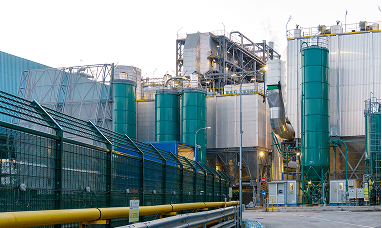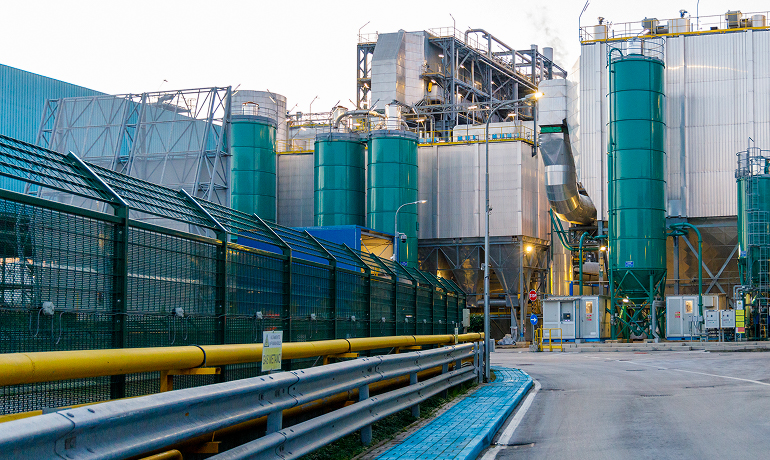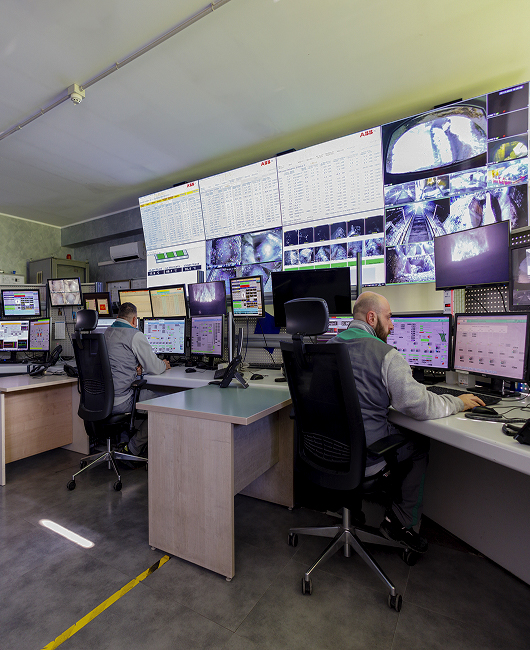We manage the waste-to-energy process responsibly, ensuring emission control and adopting sustainable practices in compliance with environmental regulations.


A waste-to-energy plant is a facility that transforms urban and industrial solid waste into energy by exploiting the heat of combustion.
Operating at temperatures above 850°C, it generates steam that powers turbines for electricity production.
It is often integrated with cogeneration plants, also enabling heat supply for district heating.
Waste-to-energy transforms non-recyclable waste into electrical and thermal energy, reducing its volume and recovering heat. The share of green energy produced in our two plants can vary between 40% and 50%. The waste-to-energy process develops through 5 phases.
1. Waste introduction into the furnaces
We introduce the collected waste into the combustion furnaces
2. Controlled combustion
We manage combustion on a moving grate, cooled with water and air.
3. Steam production
We utilize the heat generated from combustion to produce steam
4. Electrical energy generation
We drive a turbine with the steam produced, generating electrical energy that we feed into the grid.
5. Slag and ash treatment
We treat slag and ash with specific processes for material recovery or landfill disposal.

During waste combustion, we treat flue gases to minimize emissions, in line with regulatory adjustments and European Union directives.
Our waste-to-energy plants contribute to significantly reducing the volume of waste destined for landfills. In 2023, thanks to the plants, we avoided landfill disposal of 77% of treated waste, with 376,391 tonnes input and 85,219 tonnes output.
We carefully plan the quantity and type of incoming waste, ensuring the waste-to-energy plant operates 24 hours a day, 7 days a week, to maximize its efficiency and avoid energy and resource waste.
The main difference between an incinerator and a waste-to-energy plant concerns the utilization of heat produced from waste combustion.
The incinerator simply destroys waste by reducing it to inert materials, without recovering energy.
The waste-to-energy plant, on the other hand, is equipped with systems that transform the generated heat into electrical and thermal energy, often used for district heating, making the process more efficient and sustainable.
San Vittore Waste-to-Energy Plant
The San Vittore del Lazio waste-to-energy plant is one of the plants we manage for the treatment of non-recyclable waste.
Terni Waste-to-Energy Plant
With the Terni waste-to-energy plant, we exclusively treat waste from paper and cardboard recycling processes.